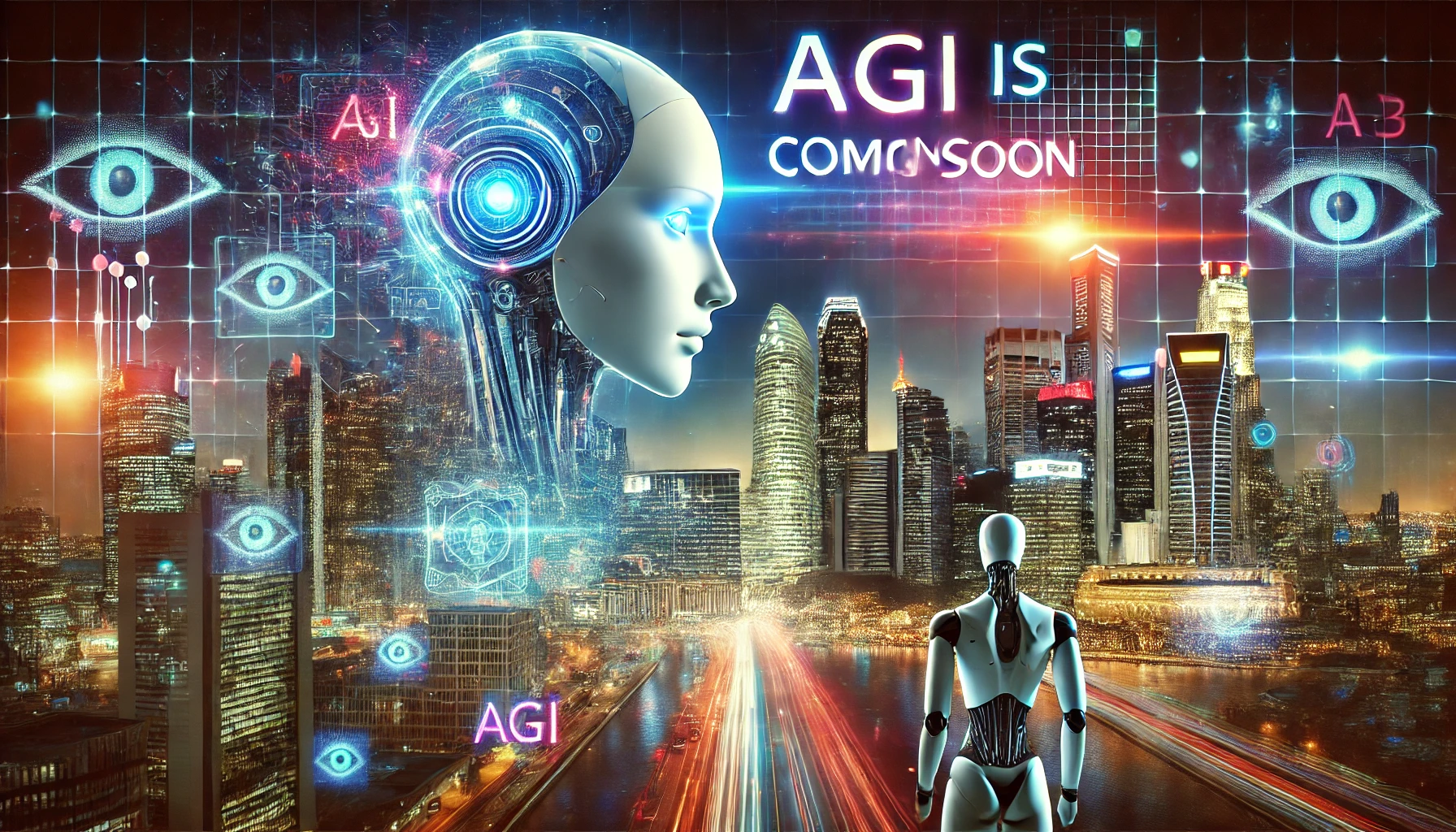1. Personalized Assistive Technologies
AGI can analyze individual needs and preferences to create highly personalized assistive devices. For example:
- Smart prosthetics: AGI-powered prosthetics can learn from a user’s movements and adapt to their unique gait or motor skills.
- Custom user interfaces: Adaptive interfaces that modify themselves to suit users with cognitive disabilities, dyslexia, or motor impairments.
2. Real-Time Communication Tools
- Speech-to-text and text-to-speech: AGI can enable real-time, highly accurate transcription and translation for people who are deaf or hard of hearing, including translation of sign language into spoken language and vice versa.
- Augmentative and Alternative Communication (AAC): Dynamic AAC devices can use AGI to predict phrases and interpret nonverbal cues for individuals with speech impairments.
3. Enhanced Mobility Solutions
- Autonomous navigation aids: For people who are visually impaired, AGI-powered wearable devices can provide real-time guidance, including hazard detection, object recognition, and GPS navigation with a higher understanding of context.
- Improved wheelchairs: Intelligent wheelchairs that can anticipate user intentions and autonomously navigate complex environments.
4. Inclusive Education
- Personalized learning assistants: AGI can adapt teaching materials for students with cognitive or learning disabilities, ensuring accessibility through alternative formats like audio, visual aids, or simplified text.
- Automatic content conversion: Converting textbooks and online materials into Braille, large print, or audio formats instantaneously.
5. Accessibility in the Digital World
- Web accessibility improvements: AGI can identify and modify inaccessible web content, such as generating alt text for images, simplifying navigation, and improving screen reader compatibility.
- Virtual reality (VR) accessibility: Making immersive VR experiences accessible for users with mobility, vision, or hearing impairments through AGI-driven adaptations.
6. Health Monitoring and Management
- Mental health support: AGI can act as a virtual therapist, providing tailored mental health care for individuals with emotional or cognitive challenges.
- Health monitoring devices: AGI-integrated wearables can track health parameters and detect early warning signs for conditions like seizures or heart issues, particularly for individuals with chronic illnesses.
7. Workplace Accessibility
- Intelligent workplace assistants: AGI can optimize workflows for employees with disabilities, such as scheduling, task prioritization, and real-time transcription during meetings.
- Accessible robotics: Providing physical support in tasks that are challenging for employees with mobility impairments.
8. Universal Design
AGI can play a key role in fostering a universal design philosophy by ensuring that new technologies, products, and services are inherently accessible, reducing the need for retrofitting or additional adaptations.
Innovative Examples
- Emotion recognition systems: Helping individuals with autism interpret social cues through real-time feedback.
- Brain-computer interfaces (BCIs): Allowing individuals with severe disabilities to control devices directly with their thoughts.
- Smart homes: AGI-integrated smart homes can provide contextual and anticipatory support, such as adjusting lighting for low vision or notifying individuals of environmental changes.
Challenges and Ethical Considerations
While AGI can greatly enhance accessibility, it is critical to address:
- Bias in training data: Ensuring AGI systems are inclusive and fair across diverse disabilities and demographics.
- Privacy and security: Protecting sensitive data from misuse.
- Affordability and access: Making these innovations affordable and accessible to marginalized populations globally.
Conclusion
AGI has the potential to transform the landscape of accessibility, empowering people with disabilities to lead more independent, fulfilling lives. By fostering collaboration between developers, advocacy groups, and end users, we can ensure these advancements are ethical, inclusive, and impactful.
[SEO optimized]


